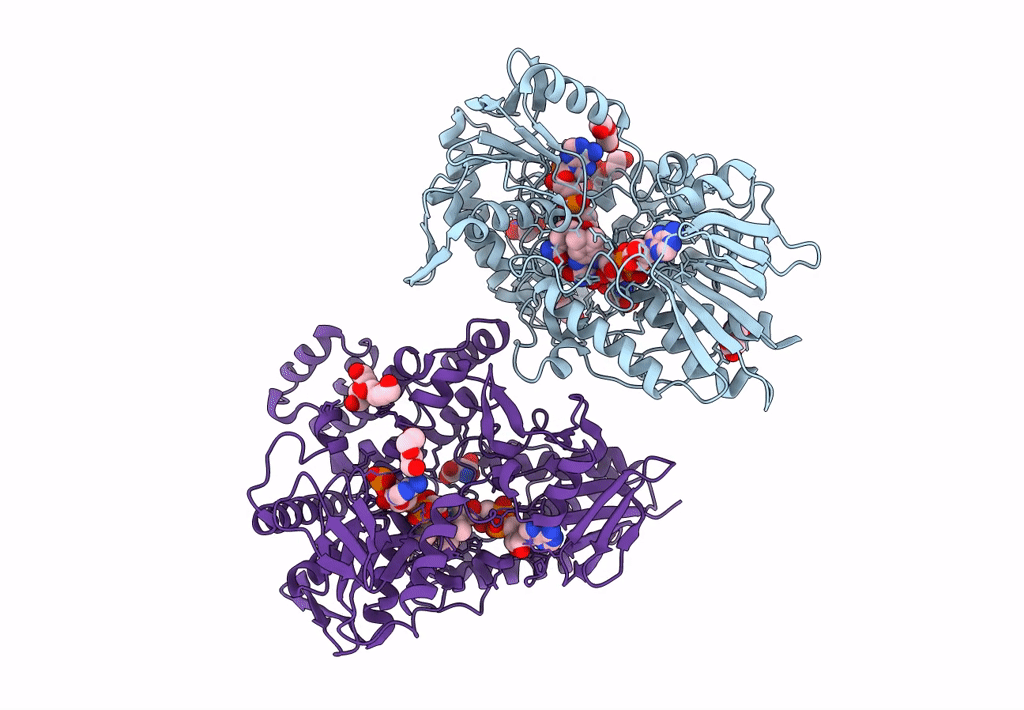
Deposition Date
2023-03-01
Release Date
2023-07-12
Last Version Date
2024-06-19
Entry Detail
PDB ID:
8CP2
Keywords:
Title:
Structure of Aspartate-N-hydroxylase (FzmM)from Streptomyces sp. V2: complex with NADPH and L-aspartate
Biological Source:
Source Organism:
Streptomyces sp. V2 (Taxon ID: 1424099)
Host Organism:
Method Details:
Experimental Method:
Resolution:
2.10 Å
R-Value Free:
0.20
R-Value Work:
0.17
R-Value Observed:
0.18
Space Group:
H 3


